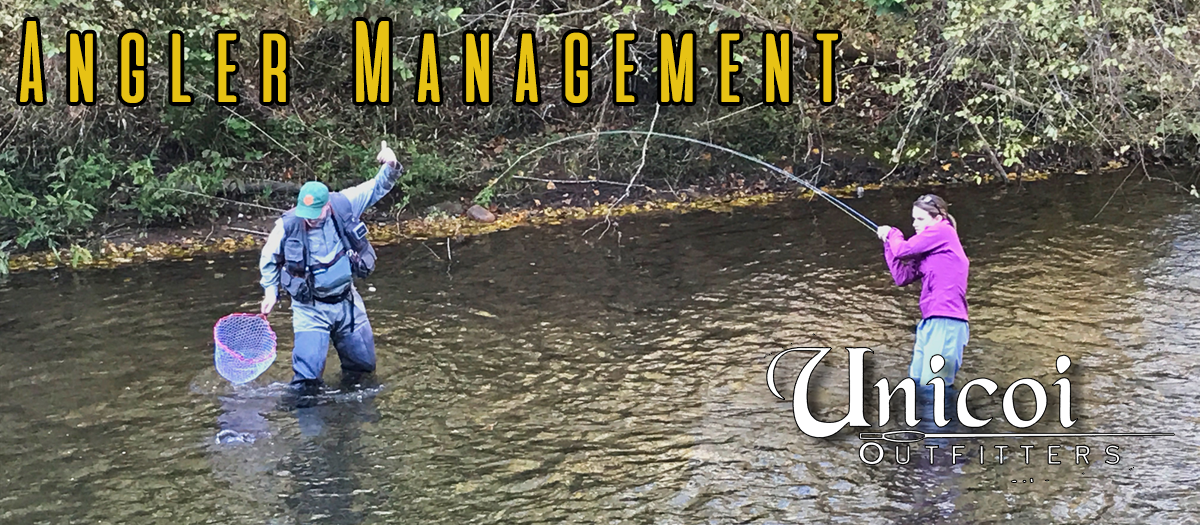You don't have to encounter sub-zero temperatures and high wind to come face-to-face with hypothermia. In fact, if you are a boater who ends up in the water for any length of time, hypothermia can be your greatest threat to survival, and the fact of the matter is the water doesn't even have to be particularly cold. Here are some basic facts you should know and some common sense precautions you should take to decrease your risk of hypother- mia and make your time on the water safer.

Capt. Terry Sullivan dresses warmly and wears a belt type inflatable PFD for flotation when fishing for striped bass along the beach in the Mid Atlantic where water temperatures are moderate and other boats and Coast Guard rescue crews are never far away.
|
According to the Mayo Clinic, hypothermia is "a physical condition that occurs when the body's core temperature falls below its normal range, about 98.6 F (37 C) to 95 F (35 C) or cooler." The term "core" refers specifically to internal organs and the brain. This condition can occur when a body is exposed to cold temperatures without adequate clothing, but the effect is accelerated when the body is submerged in cool or cold water. When core temperature begins to fall, the performance of the brain, heart and lungs are affected.
In addition, cold core temperatures slow the body's reaction time and cause nerve and muscle function to become impaired.
The cooler the core becomes, the more degraded these body functions become. Left unchecked, heart and lung functions will eventually shut down resulting in death. According to the Center for Disease Control, approximately 600 people die of hypothermia in the United States annually, but when a person is submerged, hypothermia can lead to loss of life far more quickly as a result of rapid exhaustion and unconsciousness, leading ultimately to drowning.
Survival time in cold water can be dramatically different from one individual to another. Some of the physical factors that affect survival time include swimming ability, body size and build, tolerance to cold, shivering response, body fat and alcohol level in the blood. Behavioral characteristics also come into play including the individual's psychological state, will to live, activity level and even his or her posture in the water. Obviously, water temperature is also a major factor but surprisingly, water that you might not hesitate to swim in can cause hypothermia if a body is subjected to it for an extended period of time.
A person immersed in water less than 40 F has an expected survival time of 30-to-90 minutes before hypothermia causes death. However, exhaustion and resulting unconsciousness can occur in as little as 15 minutes. Submersion in water between 60 F and 70 F results in an expected time of survival that can stretch to as long as 40 hours, but exhaustion and unconsciousness can occur in as little as two hours. So while a person could conceivably survive two or three days floating partially submerged in water at those temperatures while awaiting rescue, without the aid of a flotation device, chances are most people will be unable to tread water for more than a few hours.
Prevention is the key to maximizing the chance of survival in the water, and a little knowledge goes a long way. The single most important thing you can do to enhance your safe boating experience and maximize survivability in cool or cold water is to wear a personal flotation device (PFD). Putting on a PFD once you are in the water can be difficult at best, so it's important to wear them regardless of your swimming ability.
When submerged in cold water, there are a few things you can do to slow the onset of hypothermia.
Keep as much clothing on as possible. Even wet, clothing can help retain some body heat.
Adopt a survival or "heat escape lessening position" (H.E.L.P.) with arms wrapped around chest and legs drawn up to slow core cooling.
Remain still unless a floating object, another person or the shore is nearby. Excessive movement and exertion increases temperature loss.
Keep as much of your body out of the water as possible, especially your head.
Keep a positive mental outlook while awaiting rescue, and try not to panic.
You cannot accomplish these basic survival techniques if you are not wearing a PFD. Assuming and maintaining the survival position is impossible. Remaining still is impossible. Keeping some of your body, especially you head from contact with the water is impossible. When you are struggling to keep from sinking without a PFD, keeping a positive mental outlook and avoiding panic becomes far more difficult.
If you spend time on the water during the colder months of the year when water temperatures can reduce exhaustion and survival times to short intervals just wearing a PFD is not enough. Insulation to slow the onset of hypothermia has to be considered. While inflatable PFDs are growing in popularity, they offer little insulation, while a vest-type PFD can reduce heat loss from the critical chest area of the body. Put one on over warm clothing and you can feel the way it helps maximize heat retention. Insulated flotation jackets (float coats) take insulation and warmth another step. One with a hood is even better to reduce heat loss from the neck and head. If you operate a boat on bodies of water with temperatures in the 40 F-range or colder, having survival suits aboard can save lives in the event of an emergency. Commercial vessels must carry one for each crew member by law. Common sense suggests that recreational boaters operating in extreme conditions should be similarly equipped.
All recreational boaters should strive to operate their boats in a manner that protects the safety of those on board. It's very important never to lose site of the environment in which you operate, and take whatever precautions are necessary when you are on the water. Don't forget that the water doesn't have to be all that cold to cause hypothermia. Properly equipping your boat with PFDs that fit your environment could make a big difference in preventing hypothermia should a situation occur.






